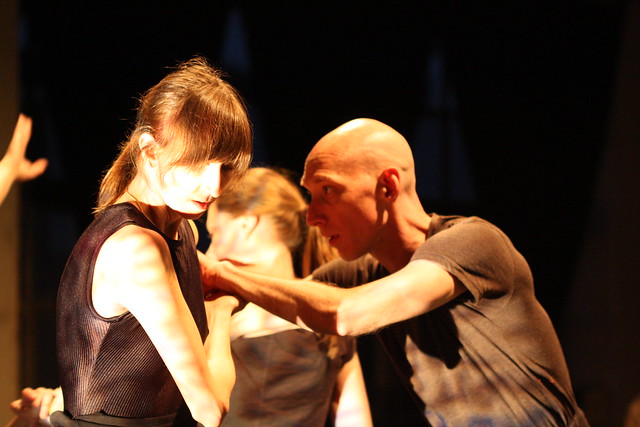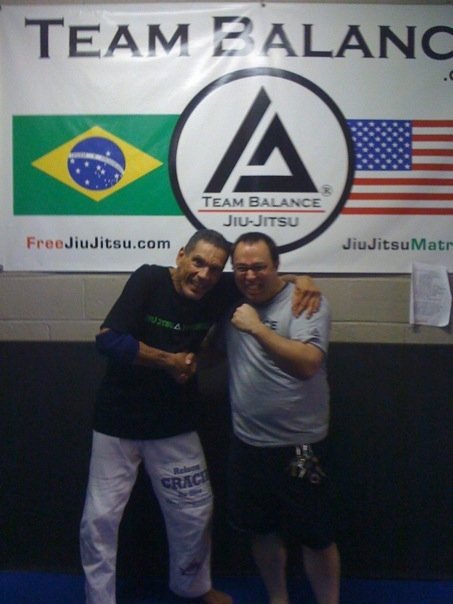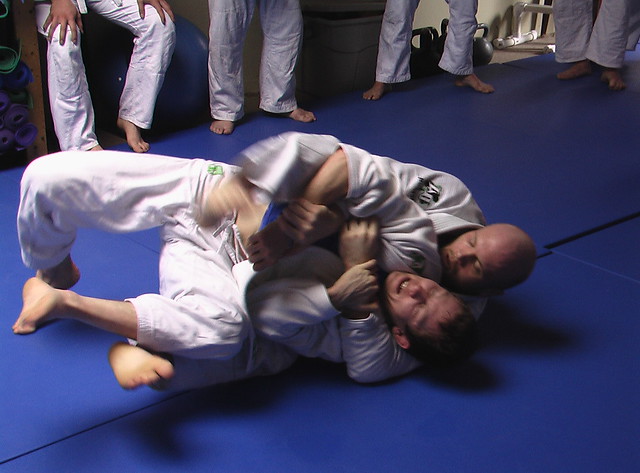On Dance
For the last few years I have served as the president of the board of directors for a dance company in Philadelphia. I am often asked how I became involved in dance. Some ask not knowing about my life as a musician, performer, and composer. Some ask knowing me only as a musician.
In my third year of college I was asked by a friend of a friend if I would be willing to play for a dance performance. They needed the guitar part of Susanne Vega’s Song of Sand and wondered if I could learn it and play it live on stage with them. It seemed like a simple enough request and I obliged as we were all friendly and what else did I have to do? This experience became like many of my experiences in dance. Dance begins with an invitation.

We rehearsed a few times. Most of the work was done without me as I learned the tune as was on the record. The evening of the performance came and I was asked to remove my shoes. This was a matter of fact due to the marley flooring but it was not explained to me that way. It was explained as a manner of stepping into the dance space. I will not say ‘sacred ground’ but ground, no less. Lights dimmed and bodies rushed. The buzz of audience behind the thin muslin curtain. Funny that I remember the audience being behind the curtain as if they were to perform for us somehow.
We began, that is, I began and was taken with the movement to my playing. With my playing. This was not moving to a flat line but to a pulse. It became immediately clear that this was necessary. I describe nearly every experience in dance as my having tunnel vision. It is not so much that I become alone as an observer but that periphery disappears.
Such a powerful expression. It does, with intent, what you assume individuals are doing all the time–part of the reason that you may watch people at all. As you approach one another. As you speak. When you mention a sensitive subject. Strong words.
Dance purposely speaks through motion. If observation is how we interpret the intentions of those around us, then dance closes the emotional gap that exists between verbal communication and the physical tell that is telegraphed to us.
Make no mistake.
Dance is saying something.
To you.



